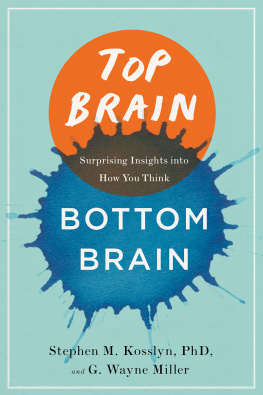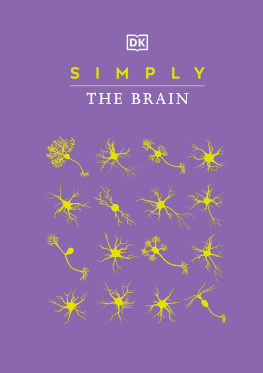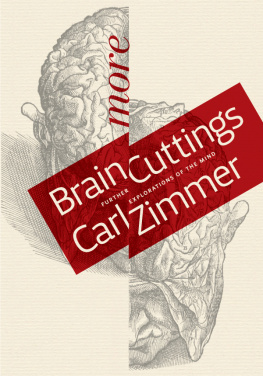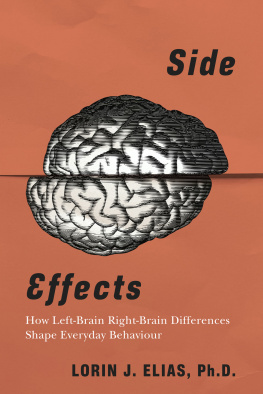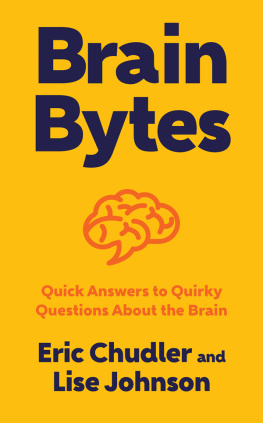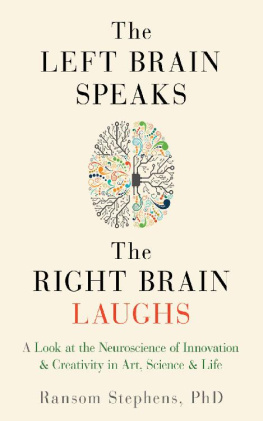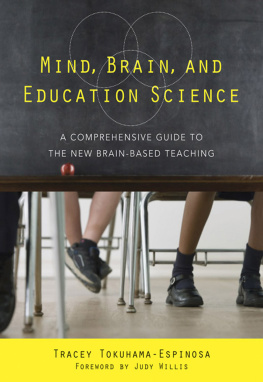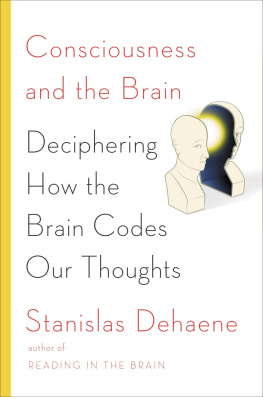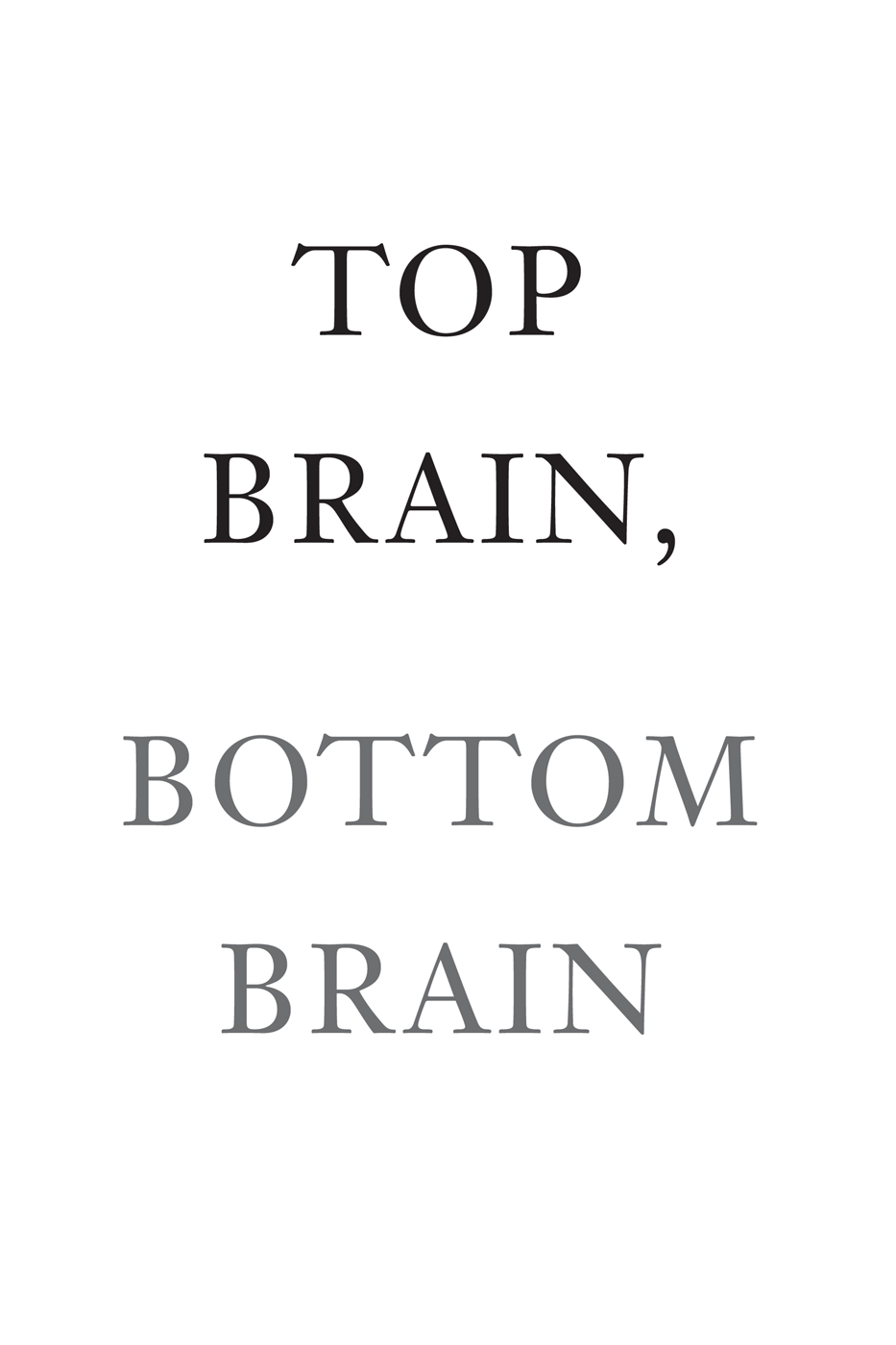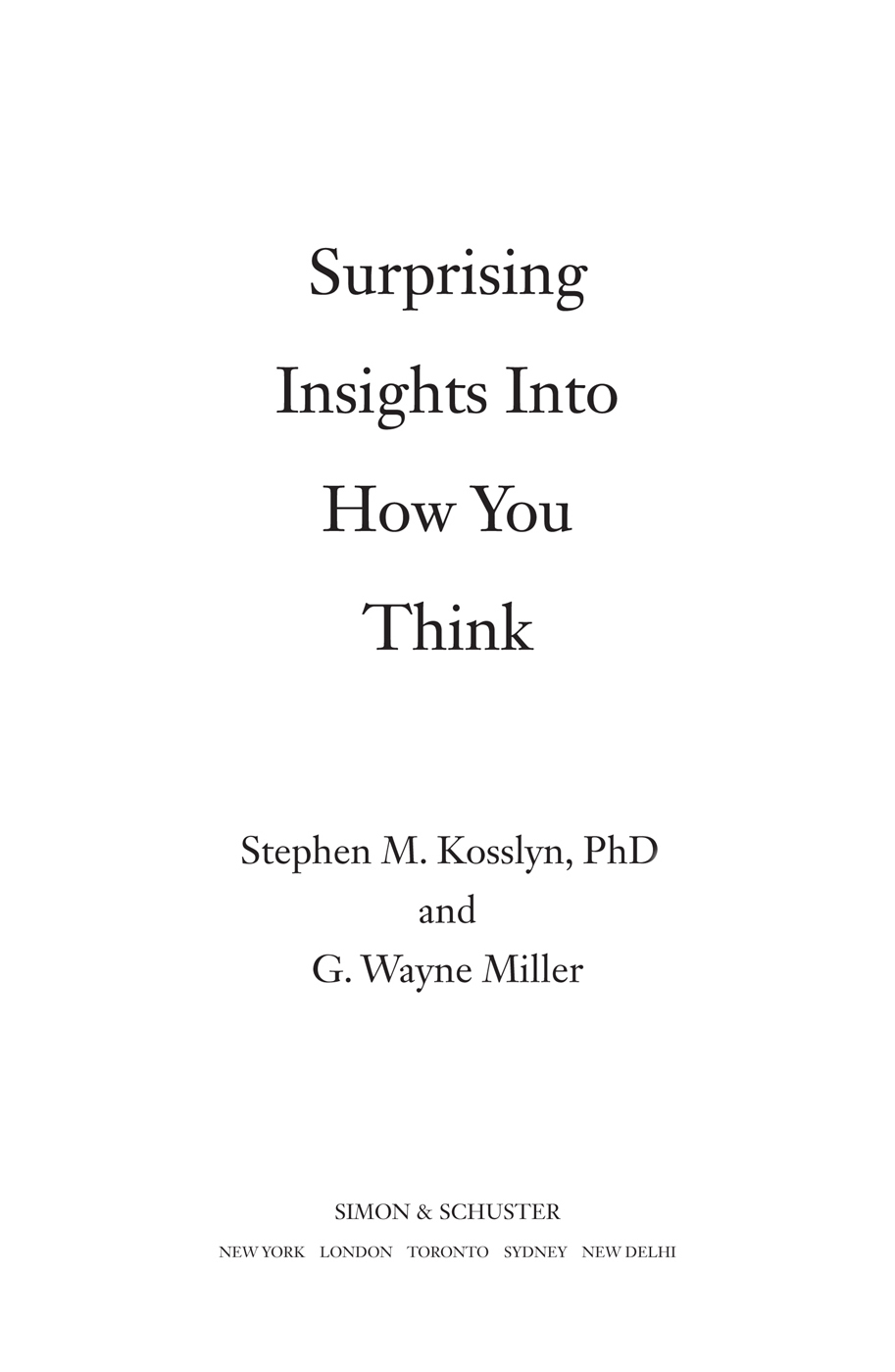Thank you for downloading this Simon & Schuster eBook.
Join our mailing list and get updates on new releases, deals, bonus content and other great books from Simon & Schuster.
C LICK H ERE T O S IGN U P
or visit us online to sign up at
eBookNews.SimonandSchuster.com
Contents
Preface
Why Another Brain Book?
This could be the golden age of books about the brain.
Visit a bookstore or go online and you will find a dizzying selection of volumes exploring the role of the brain in work, relationships, creativity, emotions, personal fulfillment, and more. Neuroscientists, psychologists, life coaches, and others weigh in. Theories and insights are offered. Authors provide guidance about how to enhance your knowledge, skills, and abilities and how otherwise to improve your brain performancewith the promise of a better life, in one way or another.
So the question becomes: Why one more book about the brain?
Because this one is different.
Top Brain, Bottom Brain offers a new, defensible theory of brain functioning and psychology, based on a major anatomical distinction that is frequently overlooked. The Theory of Cognitive Modes that we present here is built on conclusions arising from decades of research that, for the most part, has remained inside scientific circles. A cognitive mode is a general way of thinking that underlies how a person approaches the world and interacts with other people. To our knowledge, this is the first time that these findings have been systematically brought to a mainstream audience.
We have learned a lot from mistakes of the past, in particular those whose origins can be traced to another way to organize the brain: into its left and right halves. Top Brain, Bottom Brain debunks this dominant mainstream brain story of the last half century, the story of the alleged great divide between the analytical/logical left and artistic/intuitive right halves of the human brain. Although the left and right halves of the brain do have some different functions, they are not those described in the commonly accepted story. In the service of not repeating the mistakes of the past, we briefly consider how this story came to be so broadly embraced by the popular cultureand why it is scientifically unsound. Our theory does not fall prey to the problems that beset this earlier one, in particular because we do not try to develop a simple black-and-white dichotomy to describe how large portions of the brain work. Rather, we emphasize the role of different systems that are implemented in different brain regions.
We intend this book to be accessible to the general reader, but we also hope that it will influence the scientific community. Since neuroimaging (also called brain scanning) burst onto the scene in the mid-1980s, many studies of the mind and brain have become noticeably less theory-oriented. Although neuroimaging is a valuable tool in modern neuroscience, it is not always used very effectively. Some researchers now simply ask people to perform a cognitive task (such as playing chess or thinking about a particular topic) while their brains are being scannedand then see which parts of the brain become activated. This approach is radically different from the traditional one, in which the researcher tests specific theories. The traditional approach is important because science makes progress by devising increasingly better theories, and thus it is essential that theories be developed and evaluated. In this book, we seek to return to the hypothesis-driven tradition by proposing a new, plausible, and coherent theory that is strongly rooted in empirical findings.
We remind the reader at critical points that we are working with a theory, and that rigorous empirical tests of many key predictions have yet to be conducted. We hope that the reader will take the ideas we present as well-founded hypotheses that are worth considering, not as received truth. We also hope that this book will inspire a new round of studies that will further enrich our understanding of how the brain really works.
More than that, we hope that our Theory of Cognitive Modes will be an important contribution to understanding ourselves, as humans and as individual people. The theory we offer here should prompt you to think about issues you probably did not previously consider. Whether your interest is to evolve personally, socially, or in businessor all threewe believe that understanding and considering the Theory of Cognitive Modes can benefit you. We hope you find this book thought-provoking. May it lead you to useful insights about yourself and the people in your life.
To quote the ancient Chinese philosopher Lao Tzu: He who knows others is learned / He who knows himself is wise.
Stephen M. Kosslyn, PhD
San Francisco, California
G. Wayne Miller
Providence, Rhode Island
To Robin, Justin, David, and Neilall of whom have taught me a lot about modes of thinking.
SMK
To Mary and Duke Wright, my biggest supporters from the very beginning.
GWM
Chapter 1
A New Way of Looking At What Your Brain Says About You
The human brain is arguably the most complex object in the known universe. By one estimate, the number of possible combinations of connections among its many billions of cells rivals the number of elementary particles in the universe.
So how do we begin to understand such a complex organ?
This is no mere academic exercise. Our brains underlie everything we dofrom waking up in the morning, to navigating the physical, social, and emotional shoals of the day, to falling asleep, perchance to dream. Collectively, our brains organize enterprises and societies.
But the fact that the brain is extraordinarily complicated does not imply that it is forever incomprehensible. The field of psychology would not exist if that were true. In this book, we present a new way to look at the brain, which may help you to understand how your own brain gives rise to your thinking, feelings, and behaviors, and how it affects your relationships with others. Much of the science on which the theory is based has gone largely unnoticed outside research centers.
In spite of the brains complexity and the relative youth of the field of neuroscience, two insights allow us to begin to understand how the organ functions.
First, it is possible to examine any objectincluding a brainat different levels of analysis. Take the example of a building. We can consider it in terms of its architecture: its floor plan, the shape of the rooms, where the doors and windows are located, and so on. We can also go a level of analysis deeper and consider the materials used to construct it: brick, wood, plaster, and so forth. And, if we are so inclined, we can go down yet another level and consider the molecular structure of the materials, such as the arrangements of atoms in a brick.
Which level is best? That depends on the question we want to answer.
If we want to know whether the house will have enough space for a family of five, we want to focus on the architectural level; if we want to know how easily it could catch fire, we want to focus on the materials level; and if we want to engineer a product for a brick manufacturer, we focus on molecular structure.
Similarly, if we want to know how the brain gives rise to thoughts, feelings, and behaviors, we want to focus on the bigger picture of how its structure allows it to store and process informationthe architecture, as it were. To understand the brain at this level, we dont have to know everything about the individual connections among brain cells (neurons), about the way ions pass through cell membranes, or about any other biochemical process. Nor do we need to know the structure of the molecules that compose the interior parts of neurons. Researchers in neuroscience and psychology have learned a lot about how the brain works at an architectural level of analysis even though they do not fully understand it at lower levels of analysis. This book is built on much research conducted at this high level, from a macro more than a micro view.
Next page
